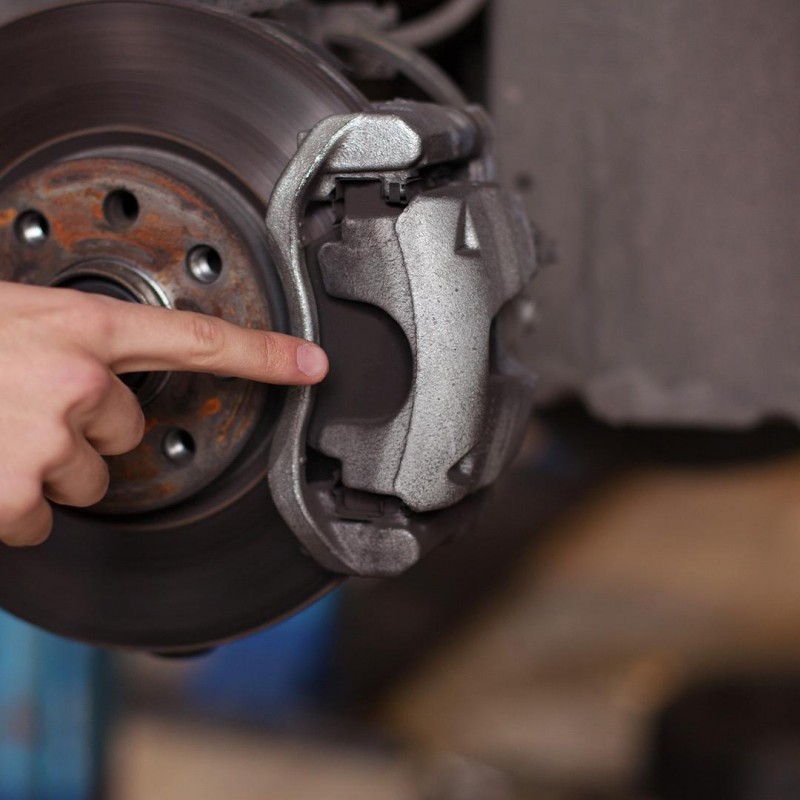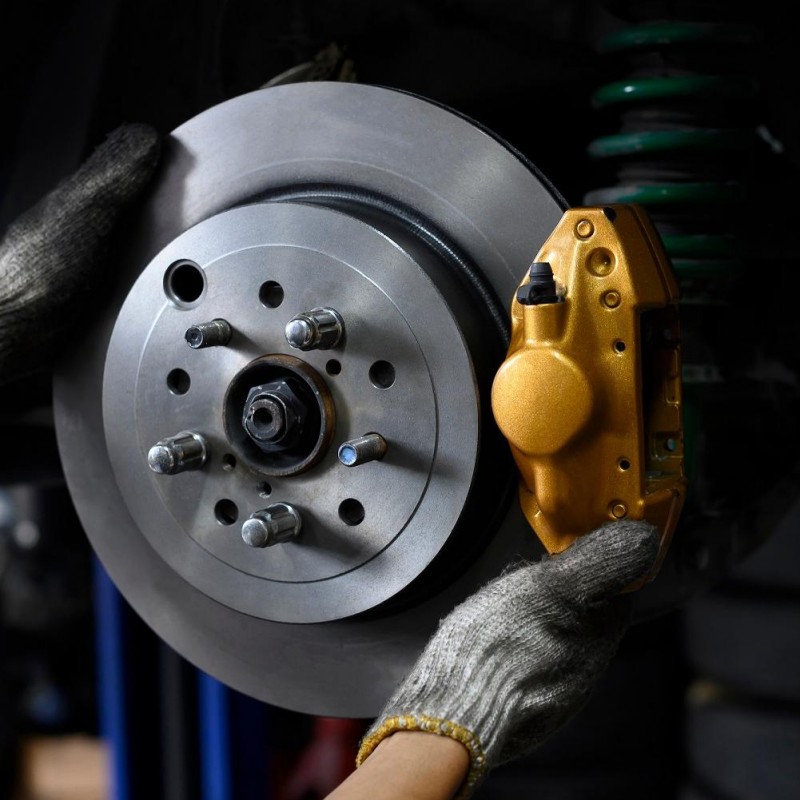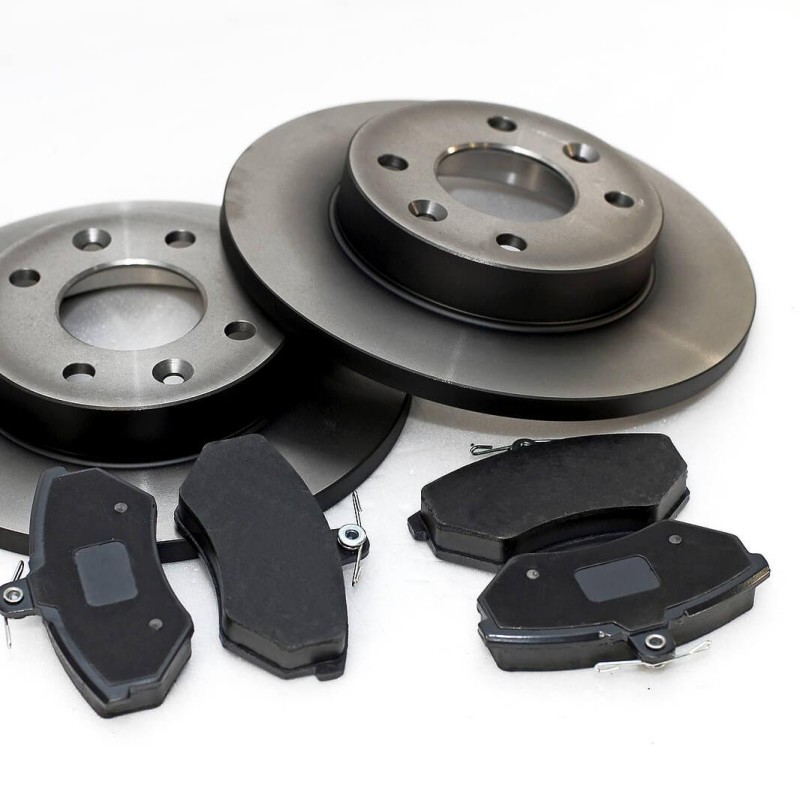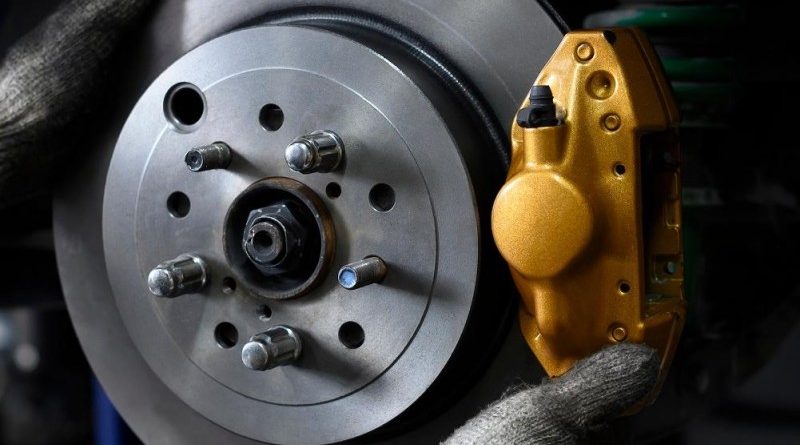Choosing the Best Brake Pads for Heavy Vehicles: A Guide
When it comes to maintaining heavy vehicles, the importance of high-quality brake pads cannot be overstated. Brake pads are a crucial component of any braking system, particularly in heavy vehicles that endure demanding driving conditions. Unlike lighter passenger vehicles, heavy vehicles—such as trucks, buses, and SUVs—require advanced braking systems that can handle heavier loads and more frequent stops. Selecting the best brake pads for heavy vehicles ensures optimal performance, longevity, and safety.
With a varying array of options available, choosing the right brake pads can feel overwhelming. This comprehensive guide will explore everything you need to know about the best brake pads for heavy vehicles, including their features, materials, and recommendations for top brands. We will also cover installation tips, maintenance advice, and how to identify the signs of worn-out brake pads. By the end of this article, you will be better equipped to make informed decisions regarding your heavy vehicle’s braking system.

Understanding Brake Pads for Heavy Vehicles
Before diving into the specifics of the best brake pads for heavy vehicles, it is essential to understand the function of brake pads and how they compare to those used in lighter vehicles.
Function of Brake Pads
Brake pads are critical components of a vehicle’s braking system, converting kinetic energy into thermal energy through friction. When you press the brake pedal, hydraulic pressure forces the brake pads against the brake rotor (disc). This friction creates deceleration, bringing the vehicle to a stop. For heavy vehicles, this process needs to account for additional factors:
- Increased Weight: Heavier vehicles exert more force on the braking system, requiring brake pads designed to manage this stress effectively.
- Durability: Heavy vehicles often experience harsher braking conditions. Therefore, brake pads must withstand heat and wear without compromising performance.
Types of Brake Pads
There are primarily three types of brake pads used in heavy vehicles, each designed to cater to various driving conditions.
- Organic Brake Pads: Made from natural materials, organic pads tend to be quieter but wear out faster. They are most suitable for light-duty applications rather than heavy vehicles.
- Semi-Metallic Brake Pads: Offering a blend of metal fibers and organic materials, semi-metallic pads provide better performance and heat resistance, making them a suitable choice for heavy vehicles.
- Ceramic Brake Pads: Composed of ceramic fibers and materials, these pads offer low dust production and long life. Ceramic options are often quieter but may not perform as well under extreme conditions found in heavy vehicles.
Understanding these types will help you choose the best brake pads for heavy vehicles according to your specific needs.
Factors to Consider When Choosing Brake Pads for Heavy Vehicles
Selecting the appropriate brake pads involves considering various factors that influence performance, safety, and compatibility. The following considerations will guide your decision-making process:
Vehicle Weight and Load Capacity
One of the most significant factors is the weight and intended load capacity of your vehicle. Heavier vehicles require brake pads with enhanced friction properties and heat dissipation capabilities. Always check your owner’s manual for manufacturer recommendations on pads suited for your vehicle’s weight.
Driving Conditions and Habits
Evaluate your usual driving conditions. If you frequently drive in urban areas, you may require brake pads designed for stop-and-go traffic, which generate more heat. Alternatively, if you often drive on highways or in mountainous regions, consider pads that provide superior heat resistance for extended braking sessions.
Noise and Dust Levels
Brake noise can be bothersome, and excessive brake dust can hurt your vehicle’s aesthetic appeal and wheel condition. When selecting brake pads for heavy vehicles, seek options that provide a balance between performance and noise reduction while minimizing dust production. Semi-metallic and ceramic pads typically perform well in these areas.
Heat and Fade Resistance
For heavy-duty applications, ensuring that your brakes can withstand high temperatures without fading is crucial. Look for brake pads designed for high-performance applications that maintain their stopping power under severe conditions.
Brand Reputation and Quality
It is always a good practice to consider reputable brands known for producing high-quality brake pads. Research reviews and seek recommendations from automotive experts or fellow heavy vehicle owners to guide your choice.
Top Brands for Brake Pads for Heavy Vehicles
Several brands have established themselves as leaders in the heavy vehicle brake pad market. Choosing from these trusted manufacturers can enhance your peace of mind. The following brands are known for consistency and reliability in producing brake pads for heavy vehicles.

Bosch
Bosch is well-regarded for its innovative automotive parts, including brake systems. Their brake pads for heavy vehicles are known for superior performance, durability, and noise reduction. Bosch uses quality materials and advanced engineering to ensure optimal stopping power.
Raybestos
Raybestos has a long history in the automotive industry, producing reliable and high-performance brake components. The brand’s heavy-duty brake pads are designed to withstand high temperatures and offer exceptional stopping power, making them a popular choice for many heavy vehicle owners.
Wagner
Wagner is recognized for producing quality brake pads that prioritize safety and performance. Their heavy-duty pads are designed for responsive braking and longer wear life, suited for various conditions. Wagner’s commitment to innovation ensures that their products consistently meet customer expectations.
Durango
Durango specializes in heavy-duty brake components, including brake pads that cater specifically to the needs of heavy vehicles. Their products are known for their durability and effective heat dissipation, making them ideal for tough conditions.
Akebono
Akebono is a leader in the ceramic brake pad market, producing high-quality options that deliver excellent performance with low dust generation. Their products are engineered for premium stopping power, making them highly suitable for heavy vehicles.
Installation Tips for Brake Pads
Proper installation of brake pads is vital to achieving optimal performance and safety. If you’re considering a DIY project or just preparing for a professional installation, focus on the following tips:
Gather Required Tools and Materials
Before embarking on the installation process, ensure you have the necessary tools and materials:
- Tools: You’ll typically need a jack, jack stands, a lug wrench, a socket set, brake cleaner, and a C-clamp or brake tool.
- Brake Pads: Select the appropriate brake pads for your heavy vehicle before starting the installation process.
Steps for Installation
- Preparation: Park the vehicle on a flat surface and engage the parking brake. Gather all tools and safety equipment, such as gloves and safety glasses.
- Lifting the Vehicle: Use the jack to raise the vehicle and secure it with jack stands for safety. Remove the wheel using the lug wrench.
- Remove Old Brake Pads: Locate the brake caliper and remove it from the rotor. Carefully detach the old pads, making sure to inspect the hardware for wear and replace if necessary.
- Installing New Brake Pads: Clean the caliper bracket and apply anti-squeal lubrication on the new pads. Install the new brake pads and reposition the caliper, ensuring it securely fits around the rotor.
- Reassemble and Test: Replace the wheel and lower the vehicle. Before driving, pump the brake pedal a few times to seat the pads against the rotors. Test drive at low speed to confirm the pads are functioning correctly.
Professional Installation
If you’re uncertain about the installation process, consider seeking help from a qualified mechanic. A professional installation ensures that your brake pads are correctly fitted and functioning optimally, prioritizing safety.
Maintenance Tips for Brake Pads
To extend the life of your new brake pads and maintain optimal braking performance, establishing a regular maintenance routine is key. Here are several maintenance tips to consider:
Regular Inspections
Regularly inspect your brake pads for wear and damage. Look for signs of thickness reduction, uneven wear, or cracks. Most mechanics recommend checking your brake pads during routine vehicle inspections or tire rotations.
Assessing Brake Performance
Pay attention to how your brakes perform throughout regular use. Unusual sounds, such as squealing or grinding, may indicate that your brake pads are wearing out and require immediate attention.
Brake Fluid Levels
Monitor the brake fluid reservoir for proper levels. Low brake fluid can affect braking efficiency and lead to premature wear on brake components.
Driving Habits
Practice good driving habits to prolong the lifespan of your brake pads. Avoid abrupt stops and rapid acceleration, as these can put unnecessary strain on the braking system.
Brake Pad Replacement
Follow the manufacturer’s recommendations regarding brake pad replacement intervals. Depending on driving conditions and habits, you may need to replace your brake pads more frequently.
Signs You May Need to Replace Your Brake Pads
Knowing when to replace your brake pads is crucial for maintaining a safe vehicle. The following signs indicate it may be time for a replacement:
Squeaking or Squealing Noises
If you hear high-pitched squeaking or squealing noises when braking, it could signal that your brake pads are worn down. Many modern pads feature wear indicators that create noises as a warning.
Grinding Sounds
Grinding sounds typically indicate excessive wear on the brake pads. When pads wear down completely, the metal backing contacts the rotor, causing damage that may require more extensive repairs.
Reduced Stopping Power
If you find that your vehicle takes longer to stop than it should, this might indicate that your brake pads have lost their effectiveness and need replacement.
Vibration or Pulsation
A vibrating or pulsating sensation in the brake pedal when applying brakes suggests uneven wear or a warped rotor. Both issues might require brake pad replacement to ensure safe operation.
Warning Light
In many modern vehicles, warning lights on the dashboard can signal issues with your brake system. If the brake warning light illuminates, it’s essential to investigate further.

Conclusion
Choosing the best brake pads for heavy vehicles is an essential component of vehicle maintenance that directly affects safety and performance. By understanding the various options available, incorporating features such as temperature resistance and durability, and following proper installation and maintenance practices, you will significantly improve your driving experience.
Selecting trusted brands that provide high-quality products is vital and will ensure your heavy vehicle is equipped with reliable braking components. Additionally, recognizing the signs of wear and knowing when to replace your brake pads can prolong their lifespan and keep your vehicle operating safely.
As driving conditions continue to evolve, remaining informed about advancements in brake technology can help you make the best decisions for your vehicle. With the right brakes, you can navigate the road confidently and safely, regardless of load or weather conditions.
